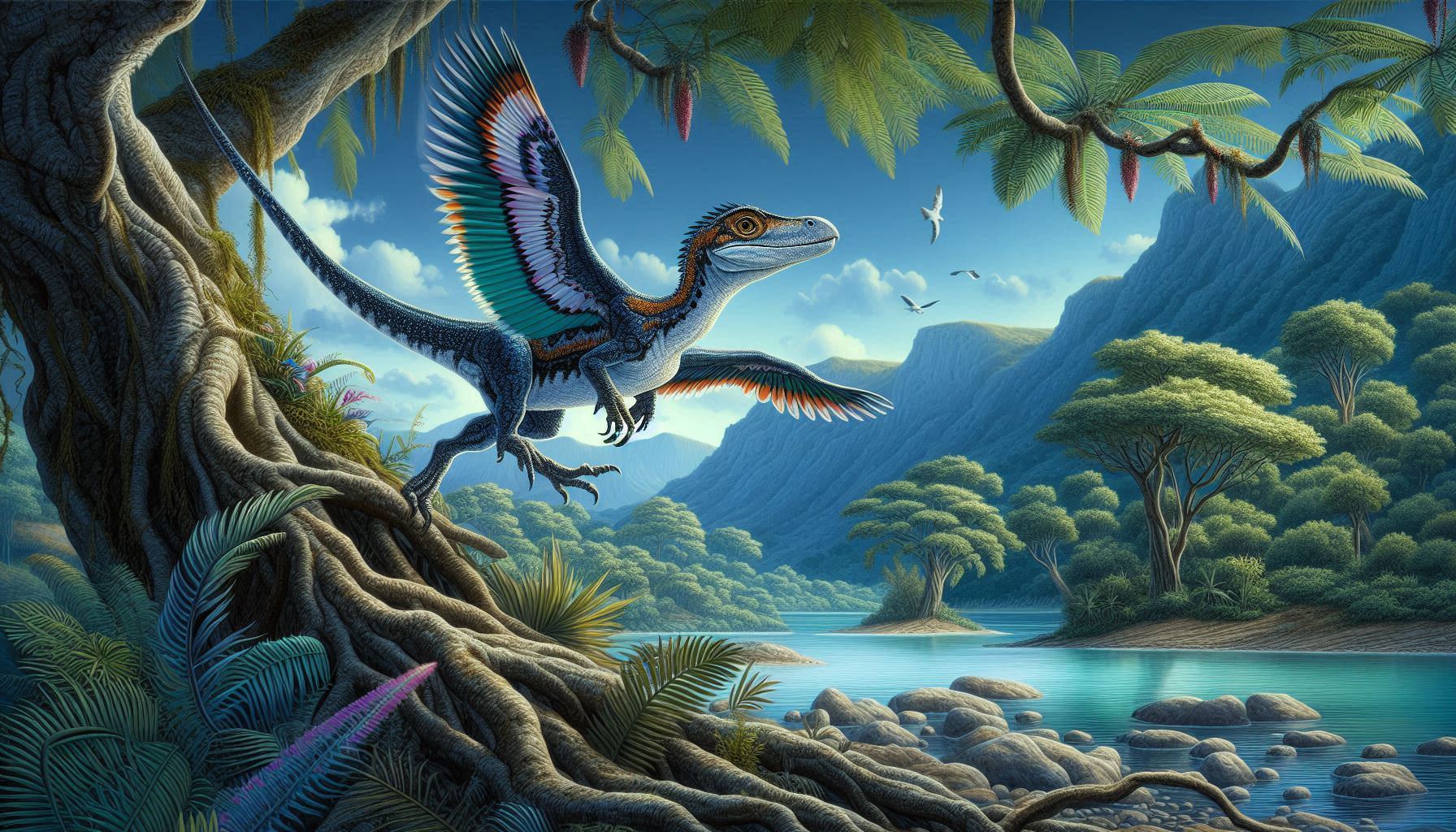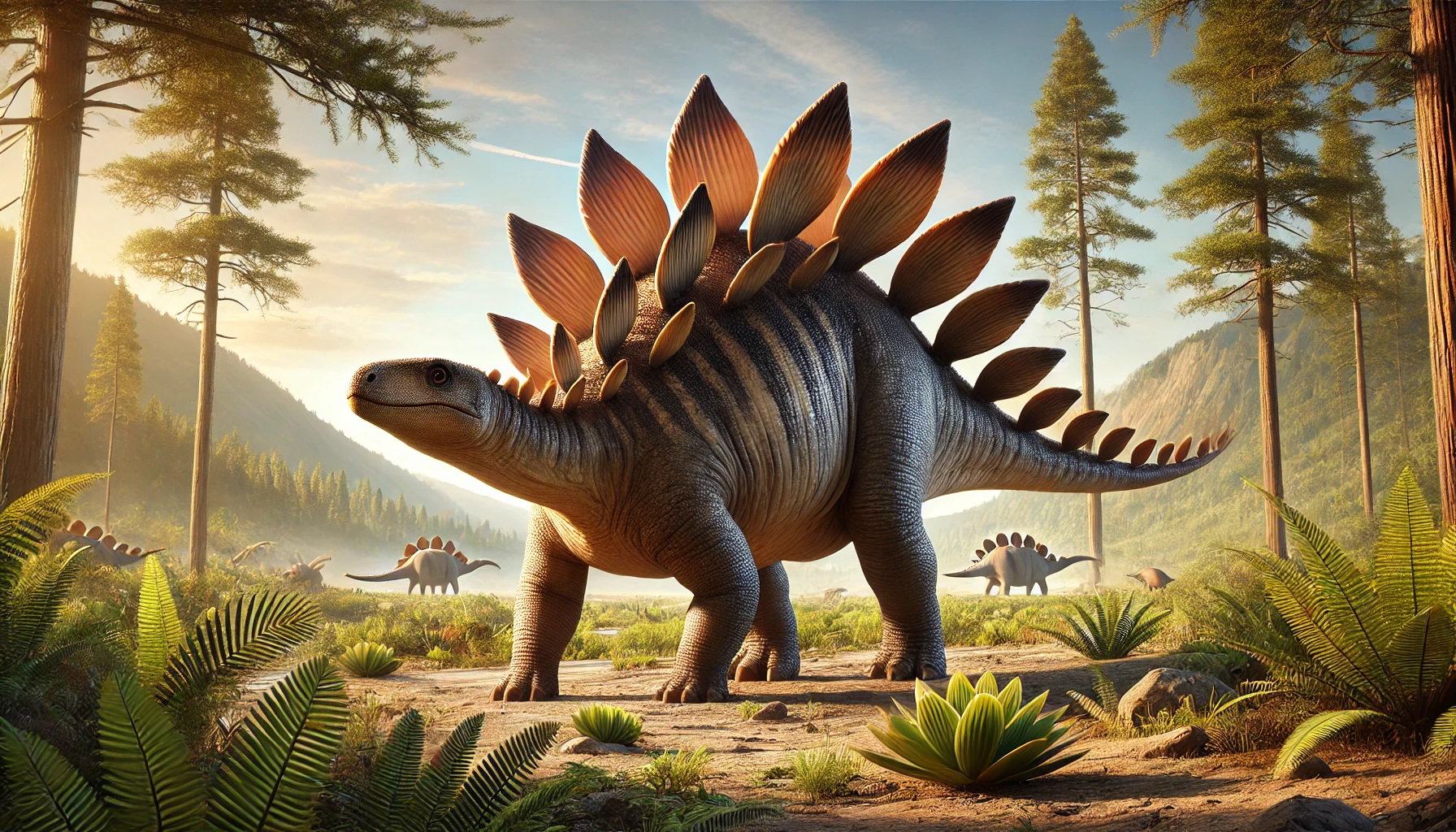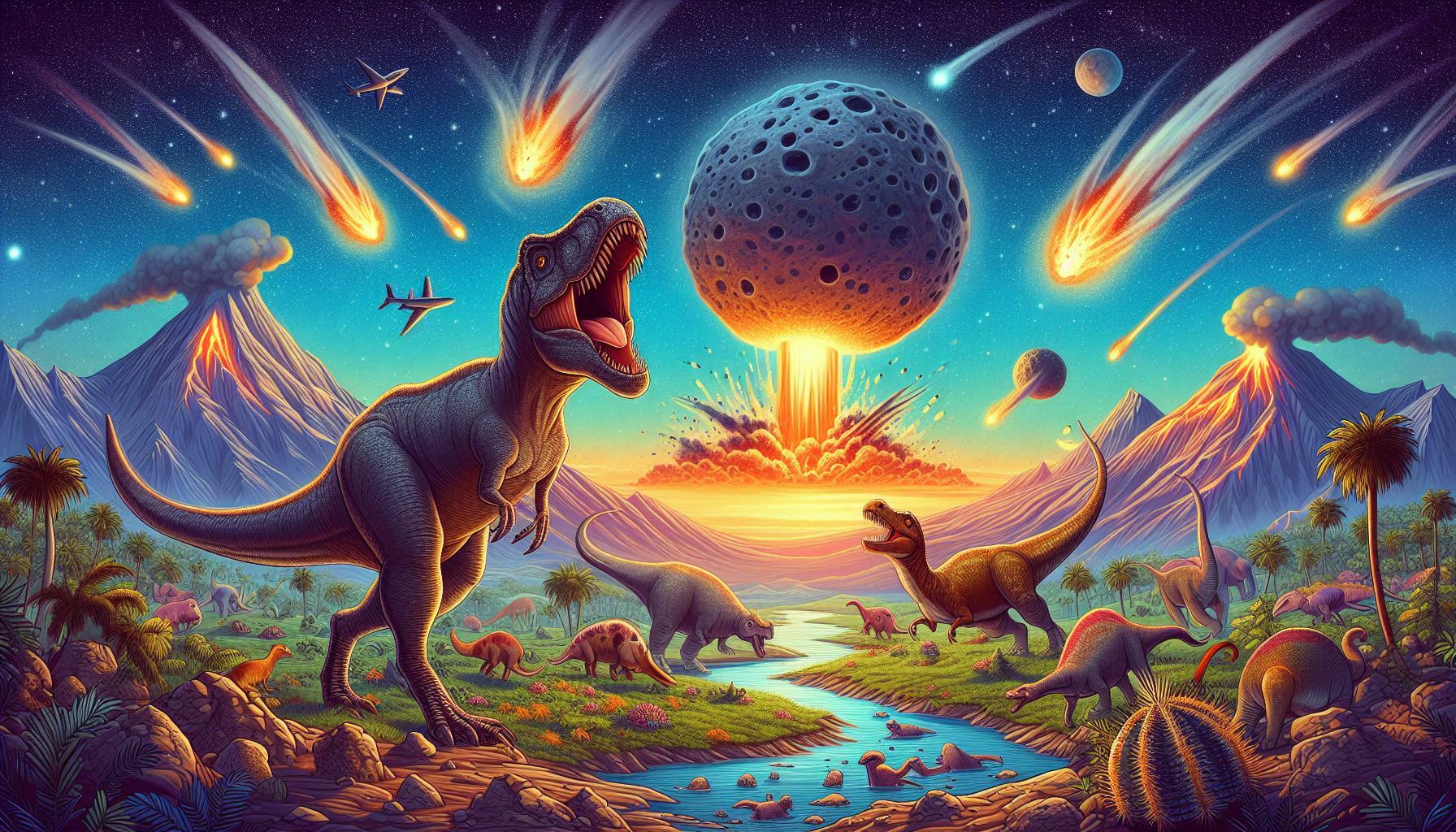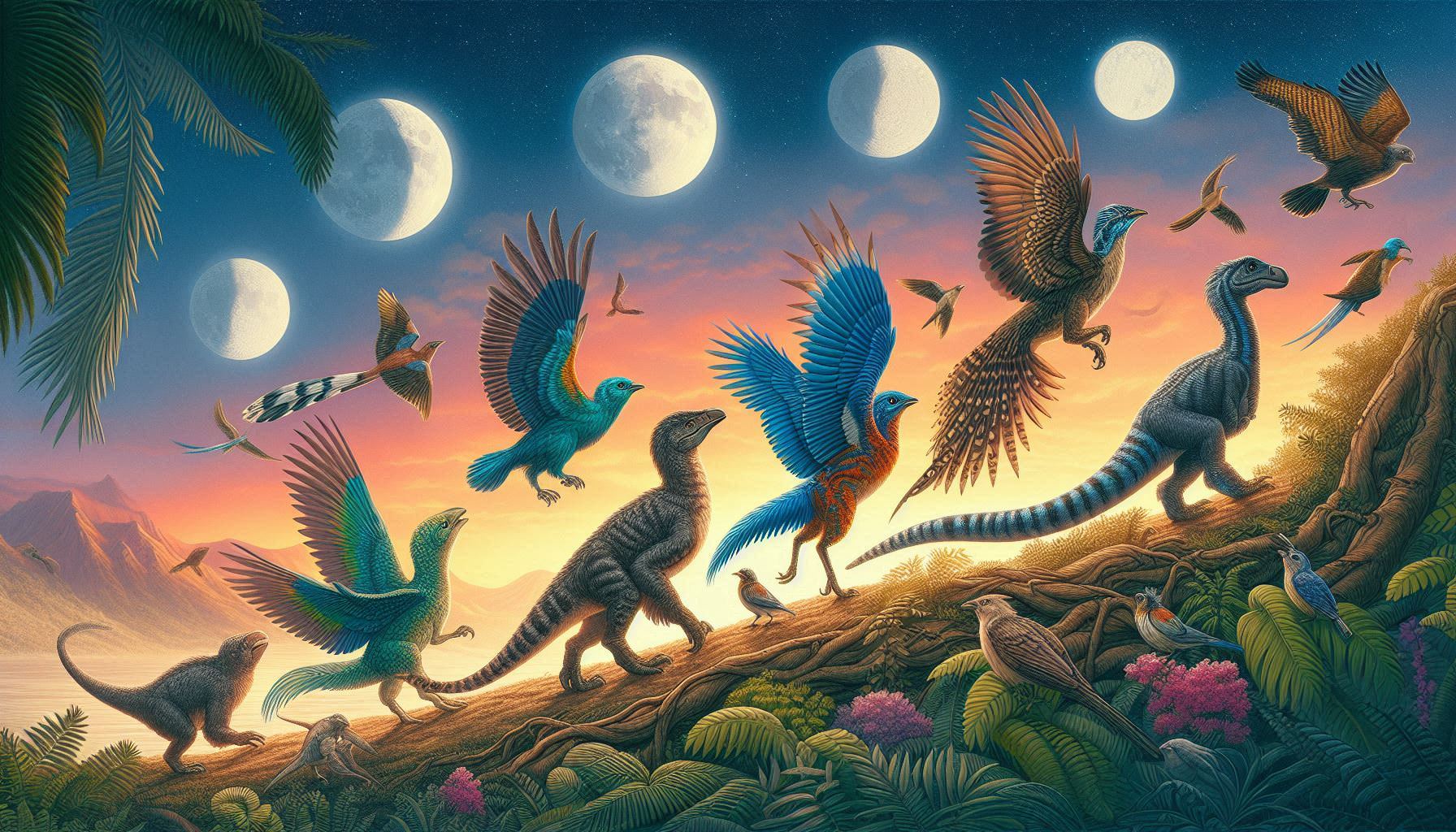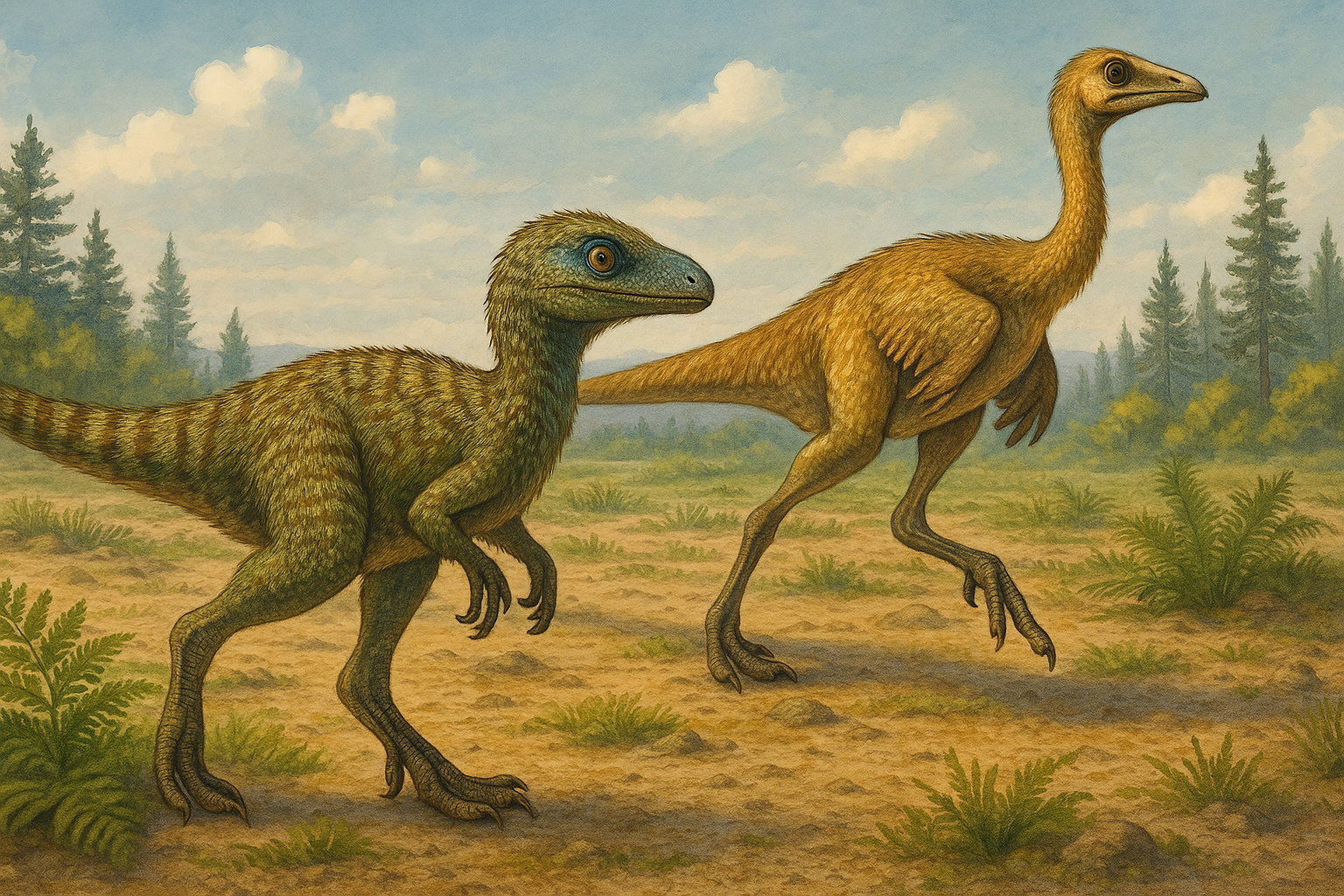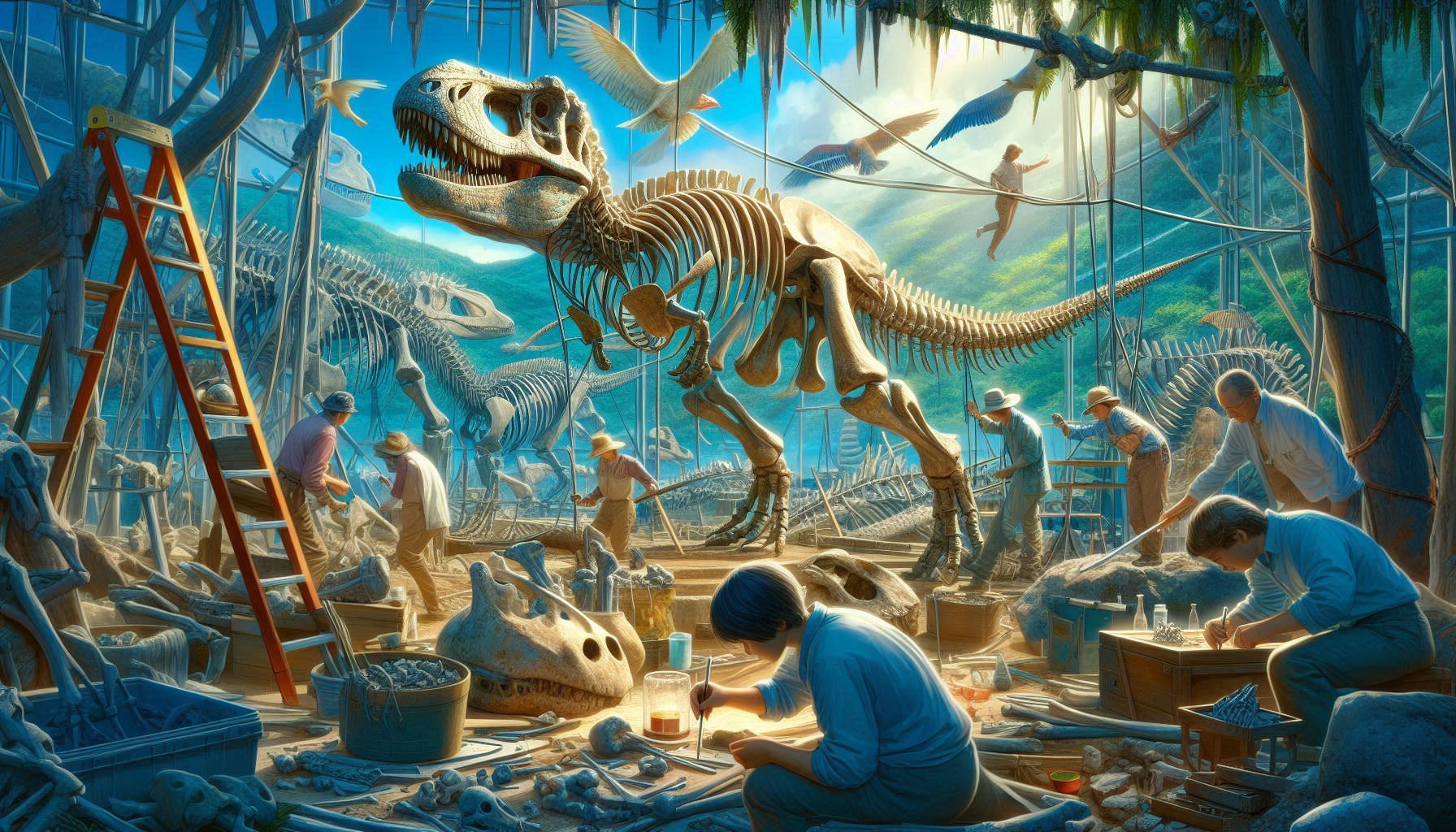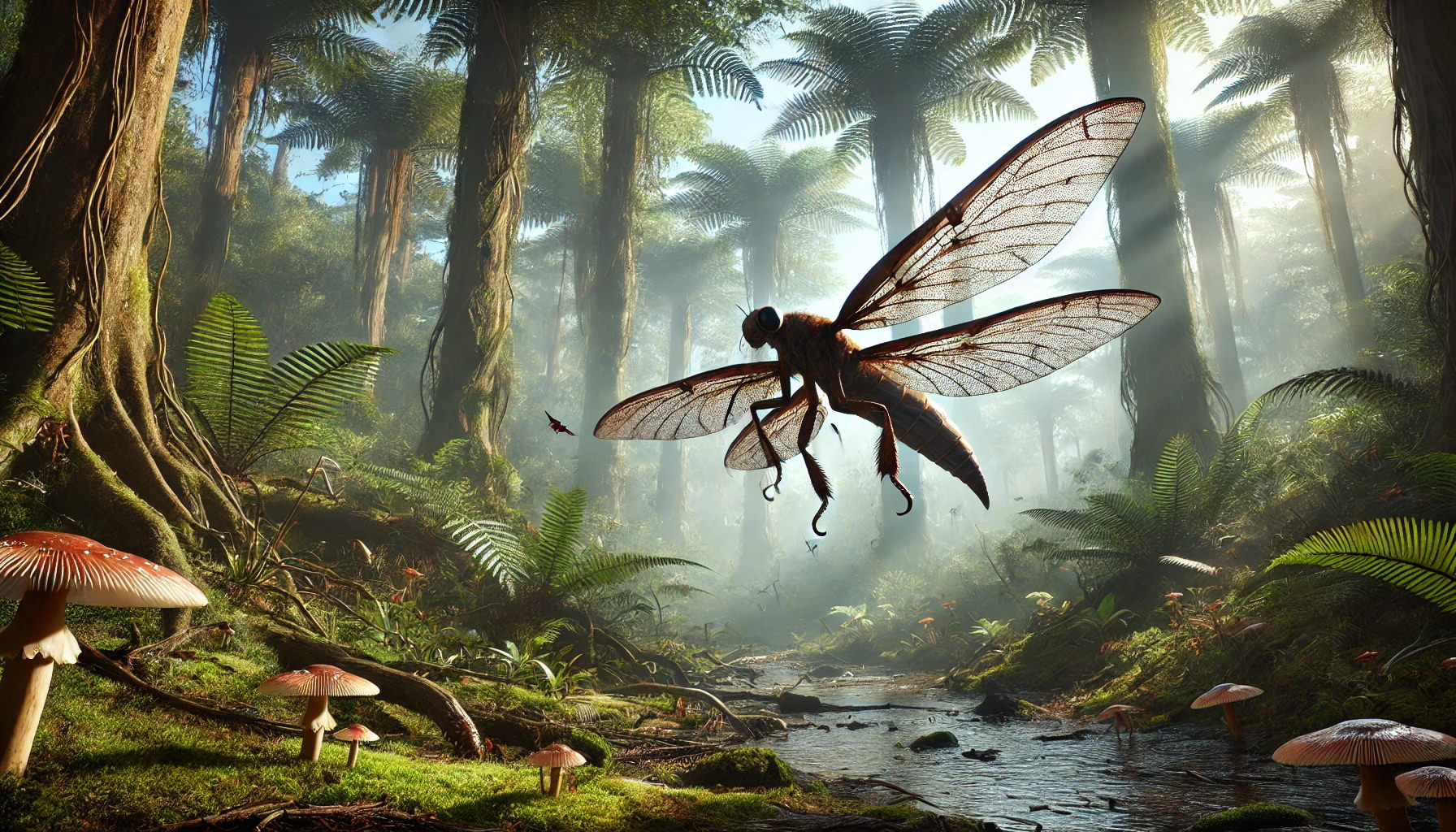Among the first flying reptiles ever discovered, Dimorphodon holds a special place in the history of paleontology. With its odd mix of features — a large head, short wings, and a toothy grin — it might not win a beauty contest, but this Jurassic pterosaur has helped scientists unravel early flight evolution. But what was Dimorphodon really like? Let’s take off into its story.
- What Is Dimorphodon?
- Was Dimorphodon a Dinosaur?
- What Did Dimorphodon Look Like?
- How Did Dimorphodon Fly?
- What Did Dimorphodon Eat?
- When and Where Was Dimorphodon Discovered?
- Why Is Dimorphodon Important to Science?
- FAQ
- Was Dimorphodon a dinosaur?
- How big was Dimorphodon?
- Why is it called Dimorphodon?
- Could Dimorphodon fly well?
- What did Dimorphodon eat?
What Is Dimorphodon?
Dimorphodon is a genus of pterosaurs — flying reptiles that lived during the time of the dinosaurs. It lived during the Early Jurassic period, around 190 million years ago, and its fossils have been found in both England and Mexico.
The name “Dimorphodon” means “two-form tooth,” referring to its most distinctive trait: two different types of teeth in its jaws — a rarity among reptiles of the time.
Was Dimorphodon a Dinosaur?
No. Like all pterosaurs, Dimorphodon was not a dinosaur, but a close relative. While it lived in the same era and often shared ecosystems with early dinosaurs, it belonged to a different branch of reptiles known as Archosaurs, which also includes birds and crocodiles.
What Did Dimorphodon Look Like?
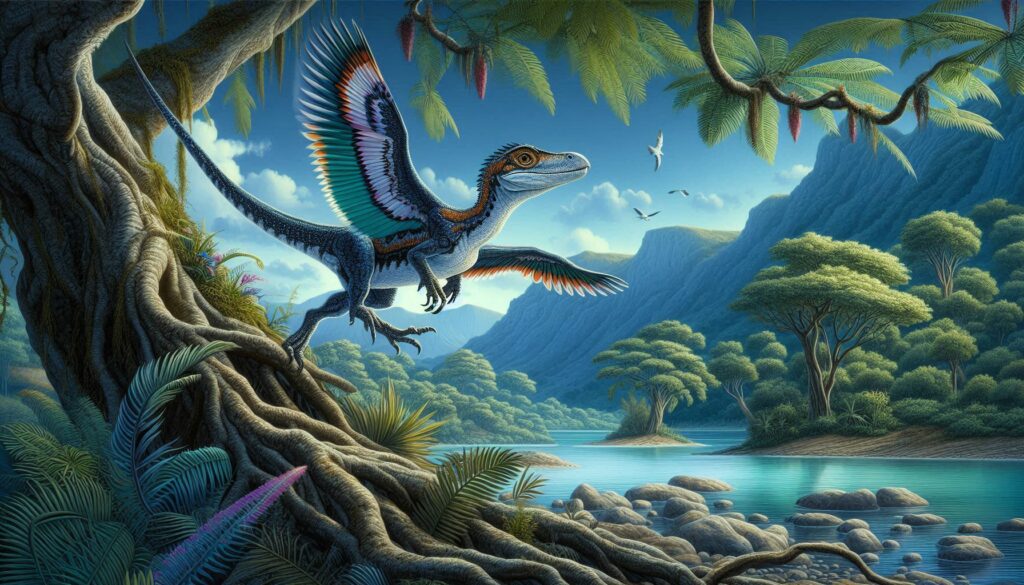
Dimorphodon stood out for its:
- Large, bulky head compared to body size
- Tooth-filled jaws with both fang-like and peg-shaped teeth
- Short wings, with an estimated wingspan of about 1.4 meters (4.6 feet)
- Long, stiffened tail possibly used for balance or aerial stability
Despite its wings, it’s believed that Dimorphodon was not a strong flier. Instead, it may have relied on short bursts of flapping and gliding, perhaps leaping between trees or rocks.
How Did Dimorphodon Fly?
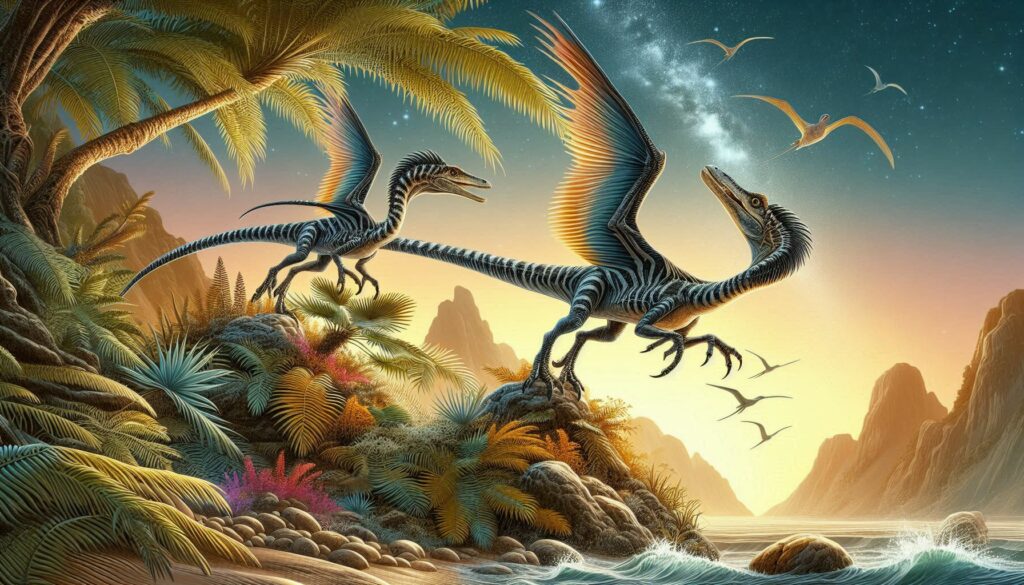
Its wing structure suggests that Dimorphodon was better suited to maneuverability than long-distance soaring. The presence of powerful hind limbs and strong claws supports the theory that it may have been a skilled climber, launching into flight from elevated perches.
What Did Dimorphodon Eat?
Its mixed dentition indicates a generalist diet. It likely fed on small vertebrates, insects, and possibly fish. The different types of teeth allowed it to grasp, pierce, and chew different prey types — making it a versatile predator in its coastal environment.
When and Where Was Dimorphodon Discovered?
Dimorphodon was first described in 1828 by British paleontologist Mary Anning, one of the most important fossil hunters of the 19th century. Her discovery in the Lyme Regis cliffs of southern England was one of the earliest pterosaur finds ever documented.
Since then, additional fossils — including specimens from Mexico — have helped fill in the details of its anatomy and behavior.
Why Is Dimorphodon Important to Science?
Dimorphodon provides a key snapshot of early pterosaur evolution. It shows how flight may have developed in stages, and how different anatomical adaptations worked together. Its discovery also played a critical role in the history of paleontology — marking the beginning of serious scientific study into flying reptiles.
FAQ
Was Dimorphodon a dinosaur?
No. Dimorphodon was a pterosaur — a flying reptile that lived alongside dinosaurs but was not part of the dinosaur family.
How big was Dimorphodon?
It had a wingspan of around 1.4 meters (4.6 feet) and a body length of about 1 meter, making it relatively small compared to later pterosaurs.
Why is it called Dimorphodon?
The name means “two-form tooth,” referring to the two distinct types of teeth in its jaws — rare among reptiles of its time.
Could Dimorphodon fly well?
Probably not. Its short wings suggest it was capable of only short flights or glides, possibly after launching from trees or cliffs.
What did Dimorphodon eat?
It was likely an opportunistic carnivore, eating insects, small vertebrates, and maybe fish, thanks to its varied teeth.
# dimorphodon facts, dimorphodon flight, early pterosaurs, pterosaur vs dinosaur, Mary Anning fossils, Jurassic flying reptiles, pterosaur teeth types, small pterosaurs, ancient flying reptiles, how did dimorphodon fly

